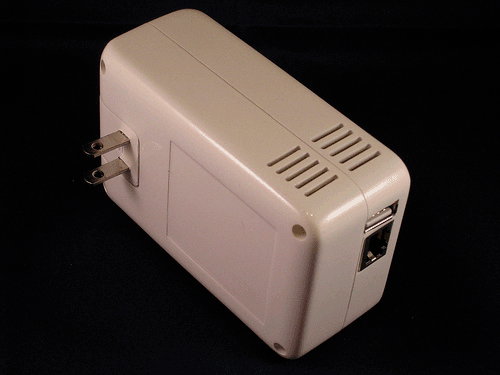 Google is so synonymous with free stuff that it’s easy to forget that it does indeed offer some for-pay services–such as additional online storage space for Gmail messages and Picasa photos. Yesterday, it announced that it’s slashing the fees it charges for extra elbow room.
Google is so synonymous with free stuff that it’s easy to forget that it does indeed offer some for-pay services–such as additional online storage space for Gmail messages and Picasa photos. Yesterday, it announced that it’s slashing the fees it charges for extra elbow room.
The new pricing starts at $5 a year for 20GB of space, and go up to $4,096 (!) for 16TB (!!). These fees only matter after you’ve used up all the service’s free space–7GB+ for Gmail, and 1GB for Picasa–and there’s no discount as you buy more capacity. No matter which plan you get, you’re paying a quarter a gigabyte. Until yesterday, the company was charging $20 a year for 10GB, or $2 a gigabyte, or eight times as much.
Google had maintained the old price for two years, during which the cost of hard disks has nosedived, so to some extent the new pricing is just catching up with economic reality. The company says that the new cost is similar to what you’d pay per gigabyte for an external drive. But while it’s true that you’ll pay around a quarter a gig for something like a Seagate FreeAgent drive, you’re buying the drive and renting your Google space. Over three years, the FreeAgent’s total cost per gig remains a quarter, while you’ll have paid 75 cents a gig to Google.
(Not that I’m complaining: I remember paying $250 for a 500MB hard drive–or $500 a gigabyte–in the mid 1990s.)
How do the new prices compare with competitive Web services? It’s kind of hard to do the math. Yahoo, for instance, says that Yahoo Mail offers unlimited storage for free; unlimited free storage for Flickr is $25 a year. Online storage services such as Box.net and SugarSync charge way more than Google does, but let you use their space for files of all sorts, and offer lots more features.
Ultimately, the target audience for Google online storage in its current form isn’t gigantic. You gotta think that the percentage of Gmail users who need more than 7GB of space is tiny, and that most Picasa users can make do with 1GB. (Picasa continues to feel like it’s aimed at newbies–the most hardcore photo shares I know tend to use Flickr or SmugMug.) What would really change everything would be Google rolling out the mythical Gdrive–a true hard drive in the sky–at the prices it’s charging for Gmail and Picasa. I’m guessing we will see Gdrive someday, but I don’t have a clue when it’ll show up or how much storage you’ll get, at what price.
(And sorry, but I’m still sitting here slackjawed at Google’s 16TB-for-$4,096 pricing plan. Wonder how big the market is for that?)
 The most spectacular demo I’ve attended at CES this year–or, maybe, any year–didn’t involve 3D glasses or showgirls or a guest celeb such as Lady Gaga (who showed up at both the Monster Cable and Polaroid booths on Thursday). Actually, it was held in the chilly early evening at the parking lot of a sports bar off the strip, by ioSafe, a maker of rugged disk drives designed to protect essential data from fire, floods, and other disasters.
The most spectacular demo I’ve attended at CES this year–or, maybe, any year–didn’t involve 3D glasses or showgirls or a guest celeb such as Lady Gaga (who showed up at both the Monster Cable and Polaroid booths on Thursday). Actually, it was held in the chilly early evening at the parking lot of a sports bar off the strip, by ioSafe, a maker of rugged disk drives designed to protect essential data from fire, floods, and other disasters.
 Symantec, which rolled out
Symantec, which rolled out  Google is so synonymous with free stuff that it’s easy to forget that it does indeed offer some for-pay services–such as
Google is so synonymous with free stuff that it’s easy to forget that it does indeed offer some for-pay services–such as 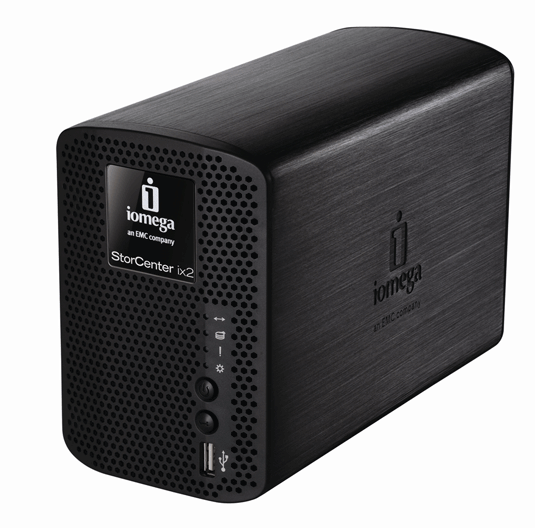
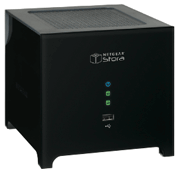 It’s been a busy few days for the whole idea of networked hard drives that provide direct Internet connections so you can get to them from everywhere. Last week, Seagate introduced DockStar, a $99 add-on for its FreeAgent Go drives that provides browser-based access to their contents. And today Netgear launched
It’s been a busy few days for the whole idea of networked hard drives that provide direct Internet connections so you can get to them from everywhere. Last week, Seagate introduced DockStar, a $99 add-on for its FreeAgent Go drives that provides browser-based access to their contents. And today Netgear launched 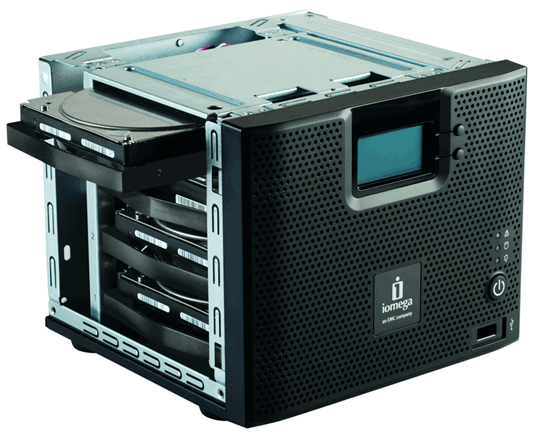
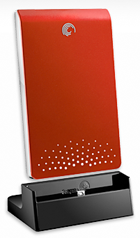 Just a quick follow-up note on our
Just a quick follow-up note on our  I’ve contributed another guest post over at WePC.com–this one’s on the question of backup and storage, and whether you want to keep your data in your home or on a remote server. (Actually, I think the answer is clearly “both, for at least your most important stuff,” but I’d be skirting the truth if I told you I’m doing a very good job of backing up files to the cloud, where they’ll be safe and sound even earthquake, mudslide, wildfire, or attacks by rabid OS/2 holdouts put my local backups at risk.)
I’ve contributed another guest post over at WePC.com–this one’s on the question of backup and storage, and whether you want to keep your data in your home or on a remote server. (Actually, I think the answer is clearly “both, for at least your most important stuff,” but I’d be skirting the truth if I told you I’m doing a very good job of backing up files to the cloud, where they’ll be safe and sound even earthquake, mudslide, wildfire, or attacks by rabid OS/2 holdouts put my local backups at risk.)